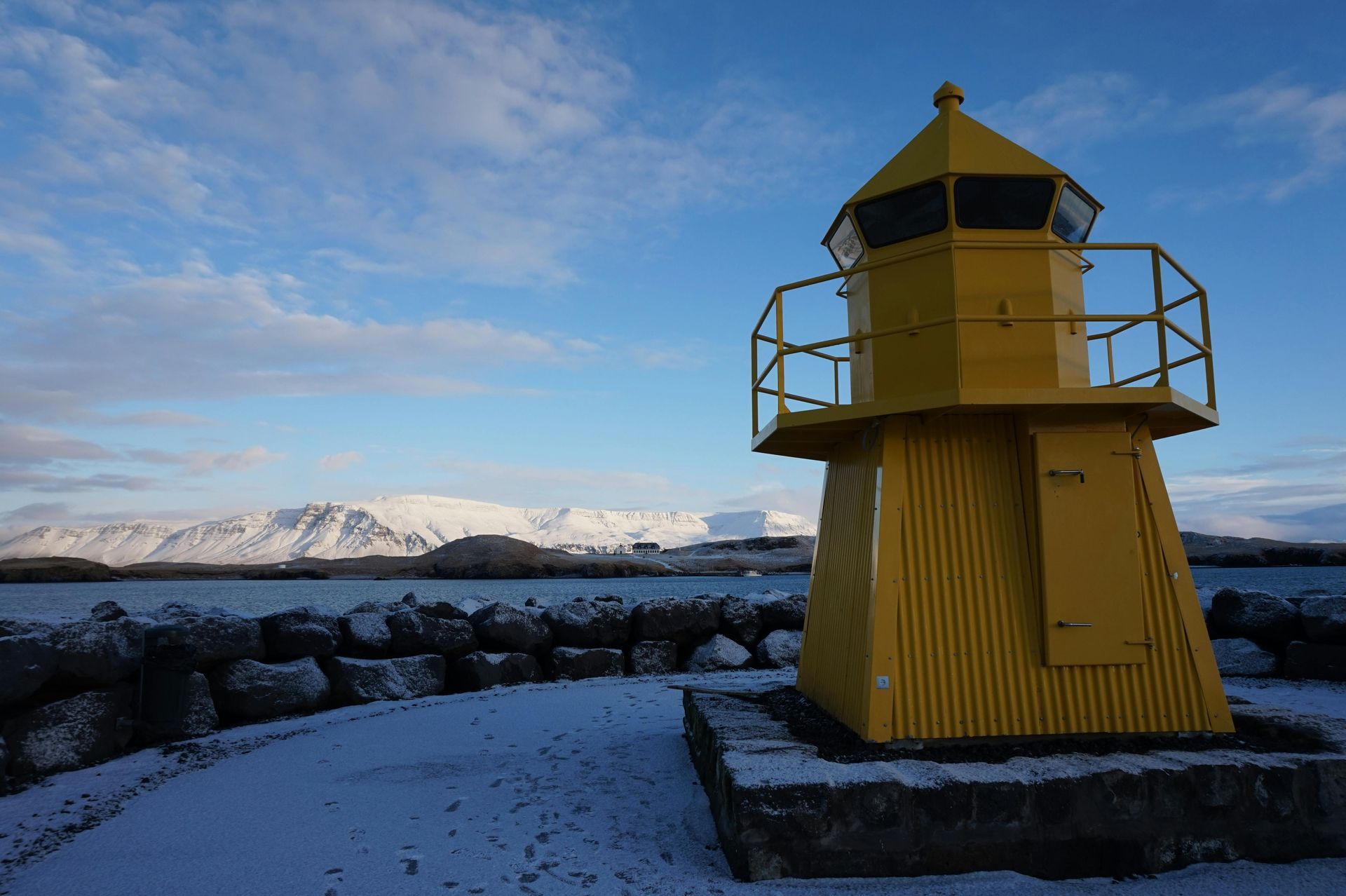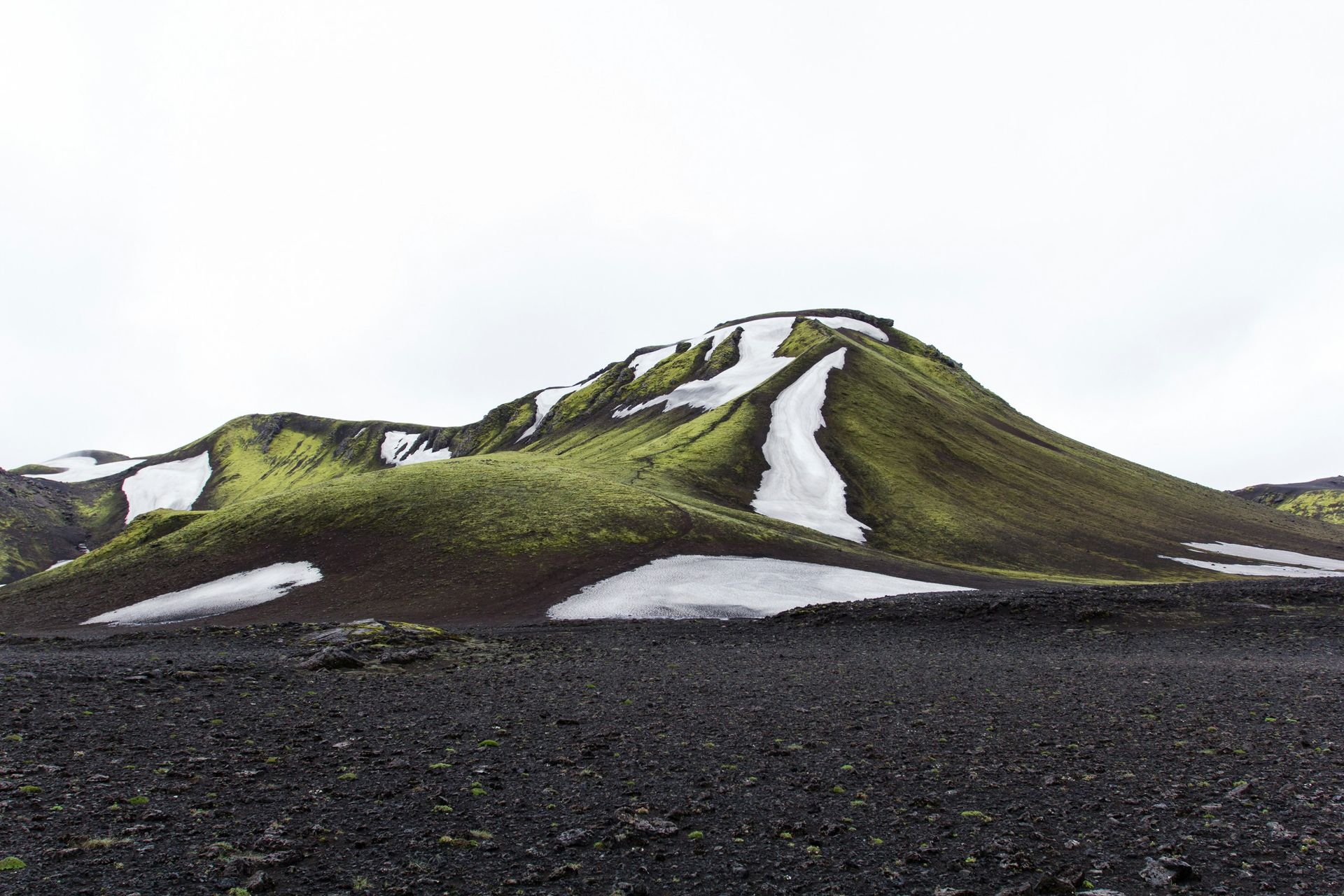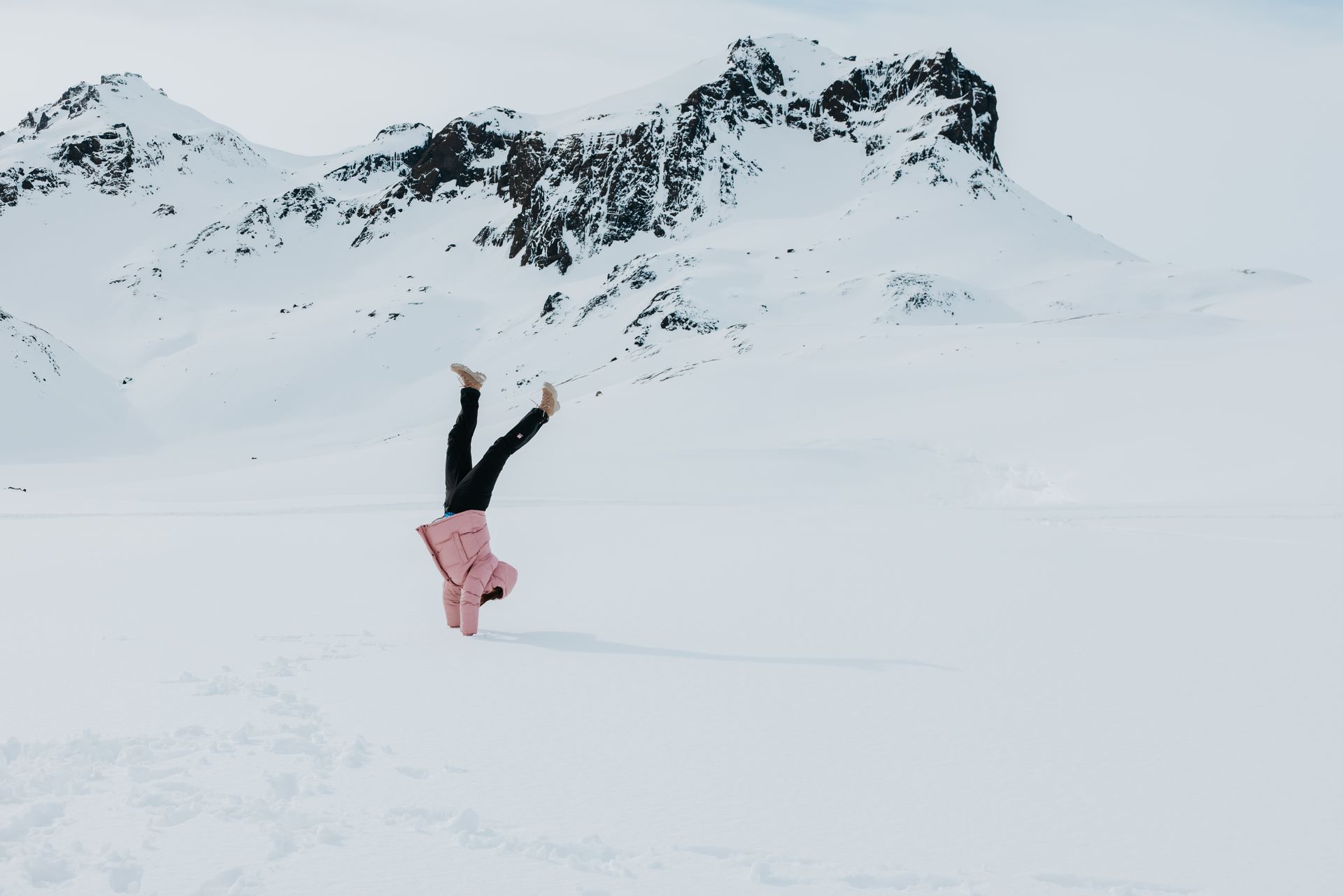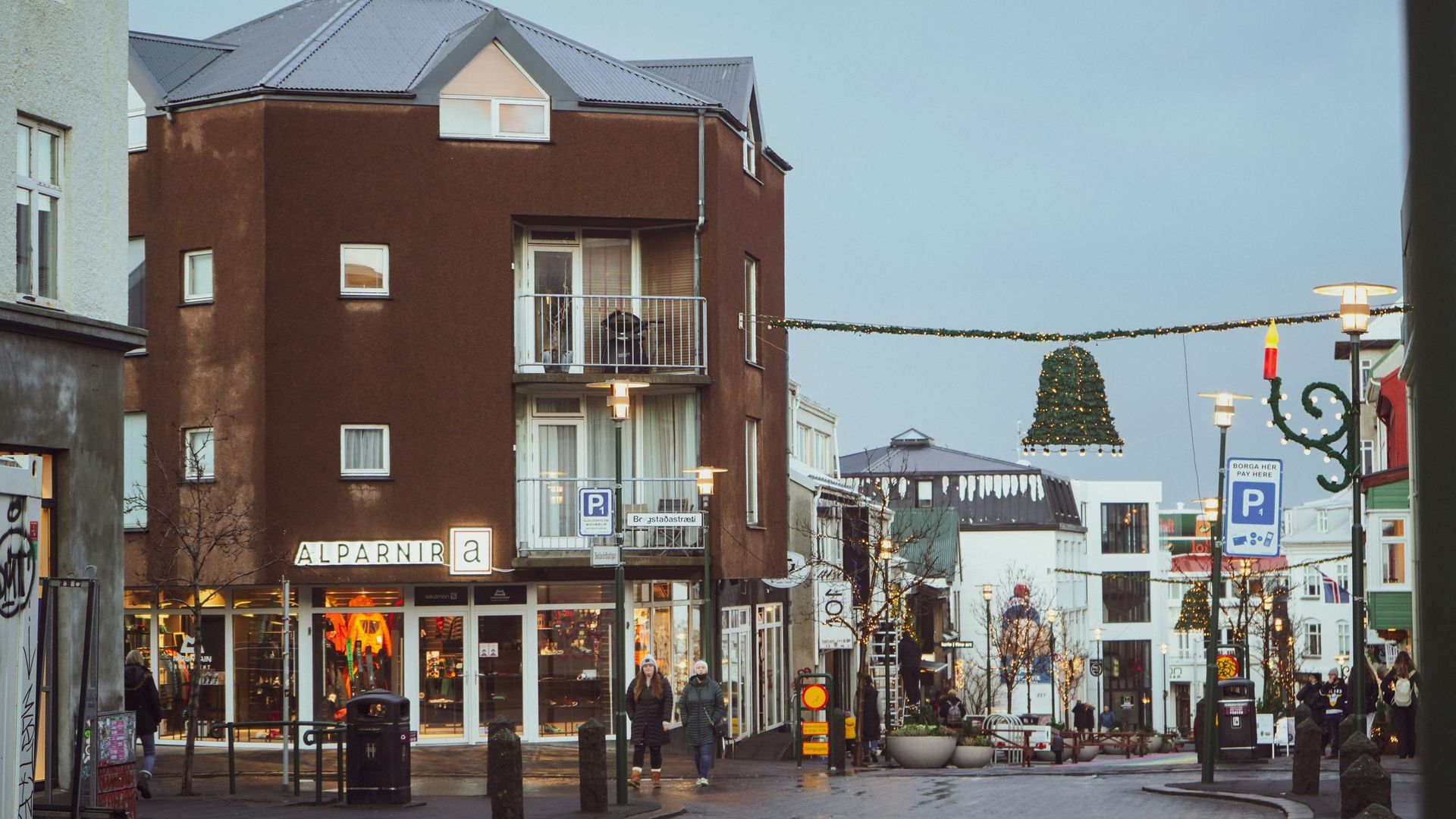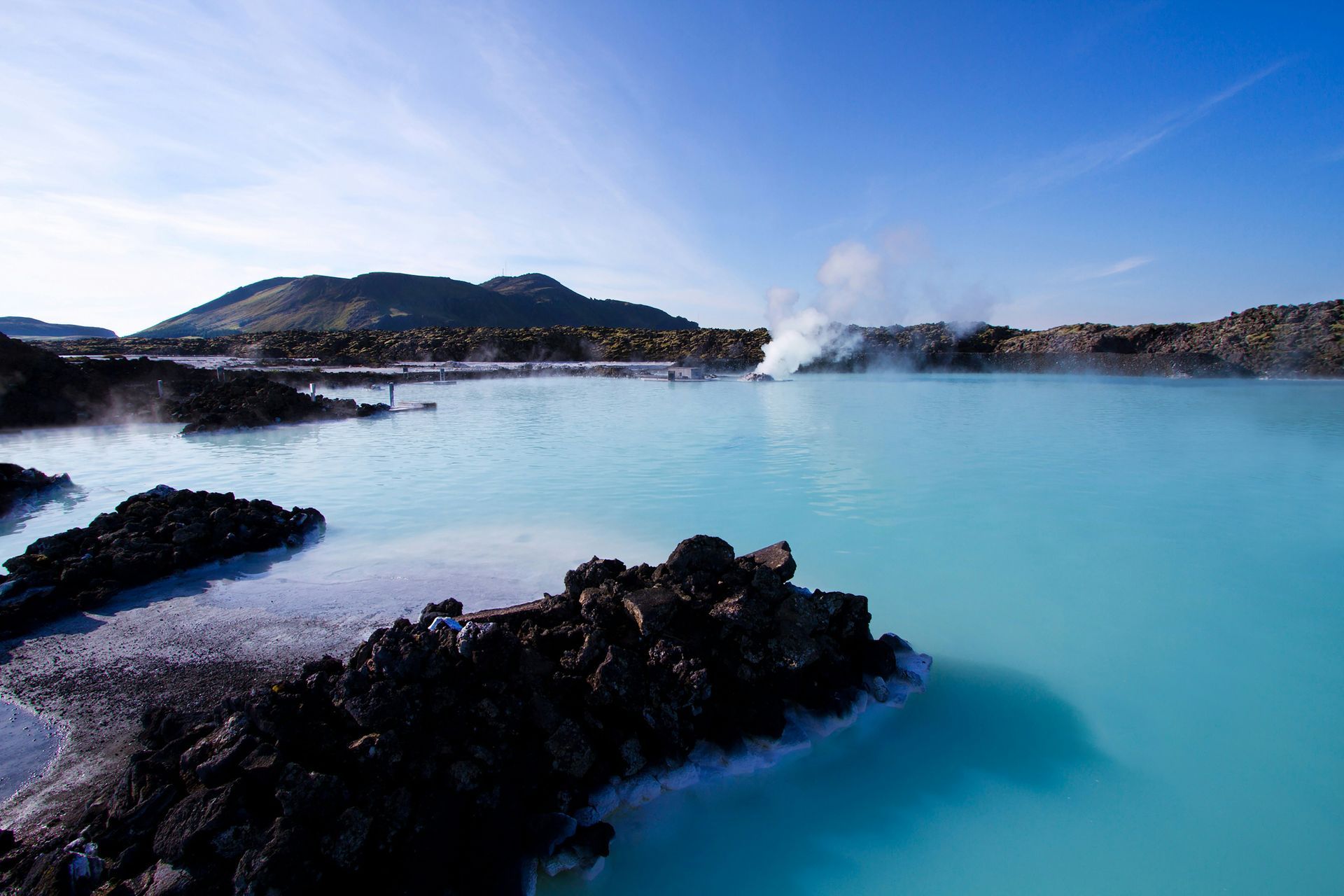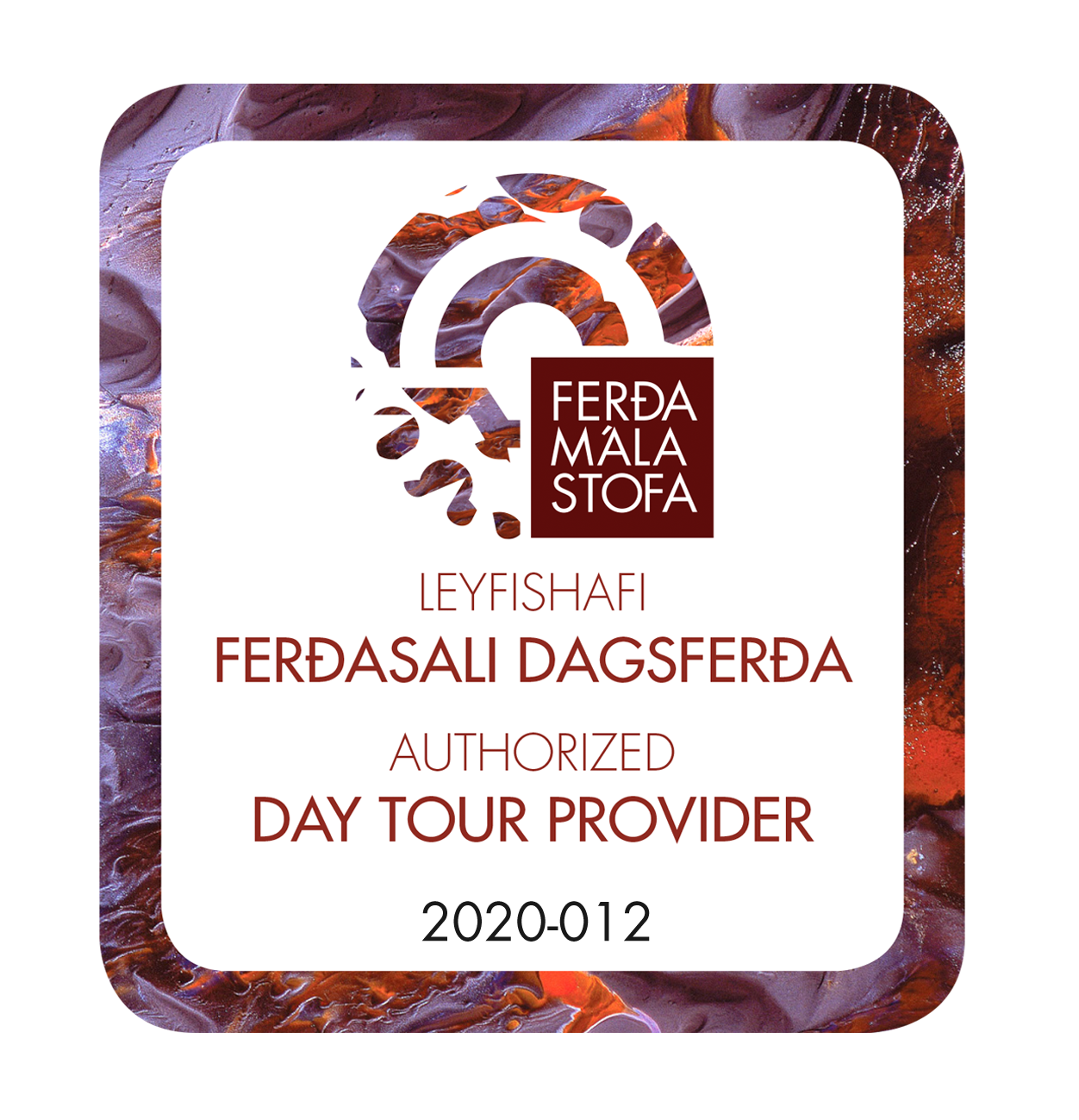Famous stories about glaciers in Iceland
Famous stories about glaciers in Iceland
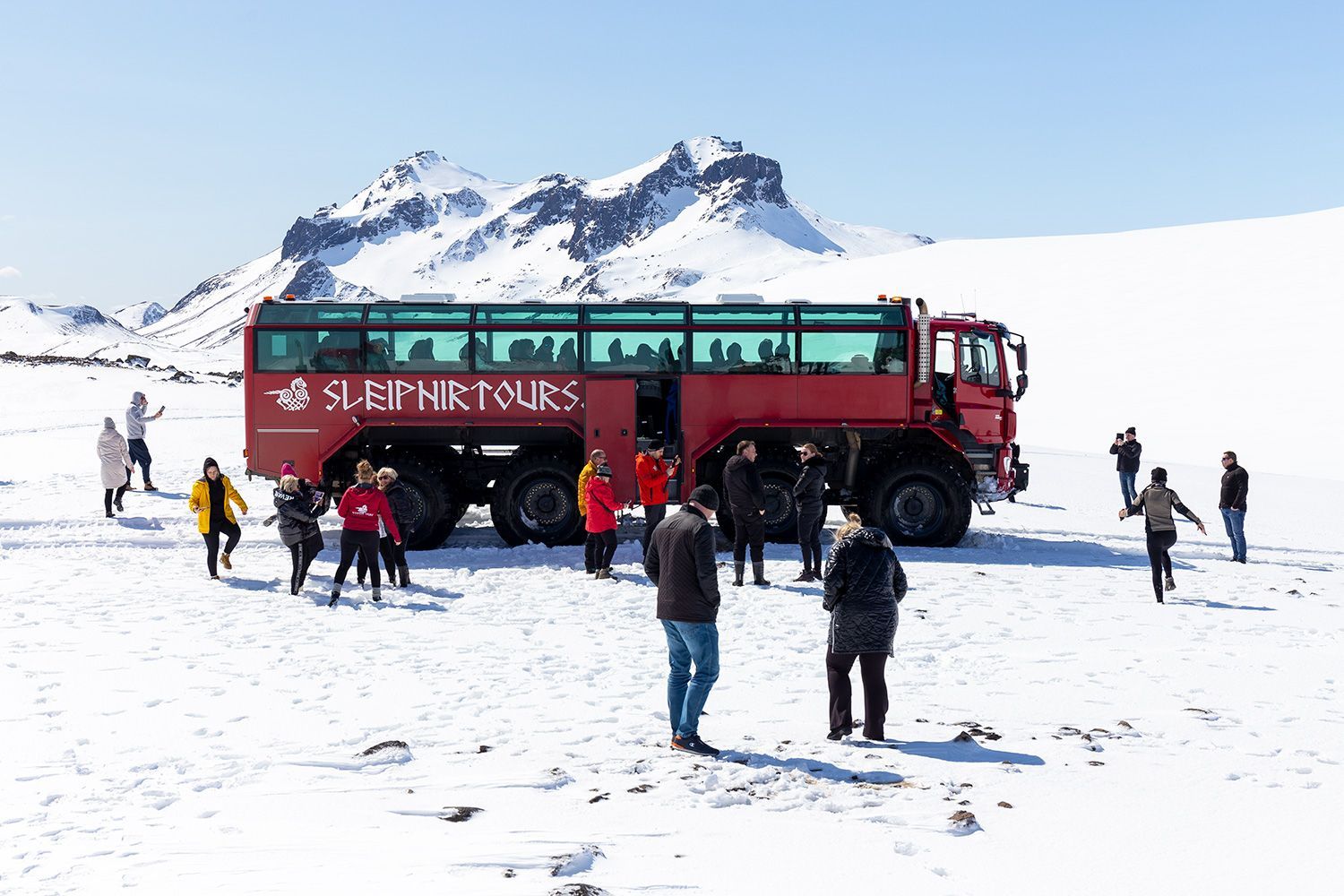
Hi!
So you are coming to Iceland and have booked your trip with us on Langjökull glacer but are already super curious about some glacier related folklores. You have come to the right place! Here are some of our absolute favorite stories to share with our guests.
Fjalla-Eyvindur and Halla: A Love Story of Survival and Desolation
In the harsh solitude of Iceland's highlands, mid-1700s, a riveting saga of love and outlawry took shape that would echo through time. This timeless tale of survival, love, and the desperation of two souls unfolds around Fjalla-Eyvindur, a notorious outlaw, and Halla, a farmer's daughter whose fate intertwines with his. This story is their legacy.
Once an ordinary man named Eyvindur found himself standing on the precipice of an extraordinary life. Charged with theft, he was condemned to outlawry, stripped of his societal rights, and banished into the unforgiving Icelandic wilderness. With the looming threat of death by the hands of any avenger, Eyvindur transformed himself into Fjalla-Eyvindur, a man of resourcefulness and tenacity. From the mountains to the hot springs of Hveravellir, he crafted his sanctuary, maintaining an elusive existence from 1745 for an astounding forty years.
Meanwhile, in the lowlands, Halla, a farmer's daughter, lived her life unaware of the destiny awaiting her. Their lives intersected when Eyvindur, under a disguise, found refuge at her father's farm during one harsh winter. Love bloomed amidst the snow and quiet farm life, a love that was as defiant as it was profound. When whispers of Eyvindur's true identity began to circulate, he was forced to flee to his highland refuge. Unwilling to let him go, Halla made the unthinkable choice to abandon her life and follow him, embracing a life of harsh winters, isolation, and constant fear of discovery.
The highlands bore silent witness to their life and their losses. They welcomed new life into their cold world, but the harsh conditions were cruel, taking away most of their children. To survive, they were sometimes forced to steal sheep from the lowlands, actions that only intensified the search for them.
Their struggles and sacrifices were captured hauntingly in the lullaby "Sofðu unga ástin mín" or "Sleep, my young love." This song, sung by mothers across Iceland to this day, carries within it the echoes of Halla's heart-wrenching sacrifice. In a moment of desperation, faced with their impending capture, Halla chose to spare her youngest from a life of hardship and danger, offering the child a swift, merciful end in the icy embrace of a waterfall.
The tale of Fjalla-Eyvindur and Halla reached its tragic climax in the late 18th century. The lovers were finally captured, their four decades of shared freedom ending in execution. But their story was not to be buried with them. It has since been woven into the fabric of Icelandic folklore and culture, immortalized in plays, songs, and films. Their tale is a poignant testament to human resilience and the extraordinary lengths people will go to for love.
"Sofðu unga ástin mín," born of a moment of intense despair, lives on as the most cherished lullaby in Iceland, a lullaby that tells the story of a love that defied societal norms and braved the unforgiving highlands, a lullaby born of love and loss, echoing through centuries.
Also read: What does "Sleipnir" mean?
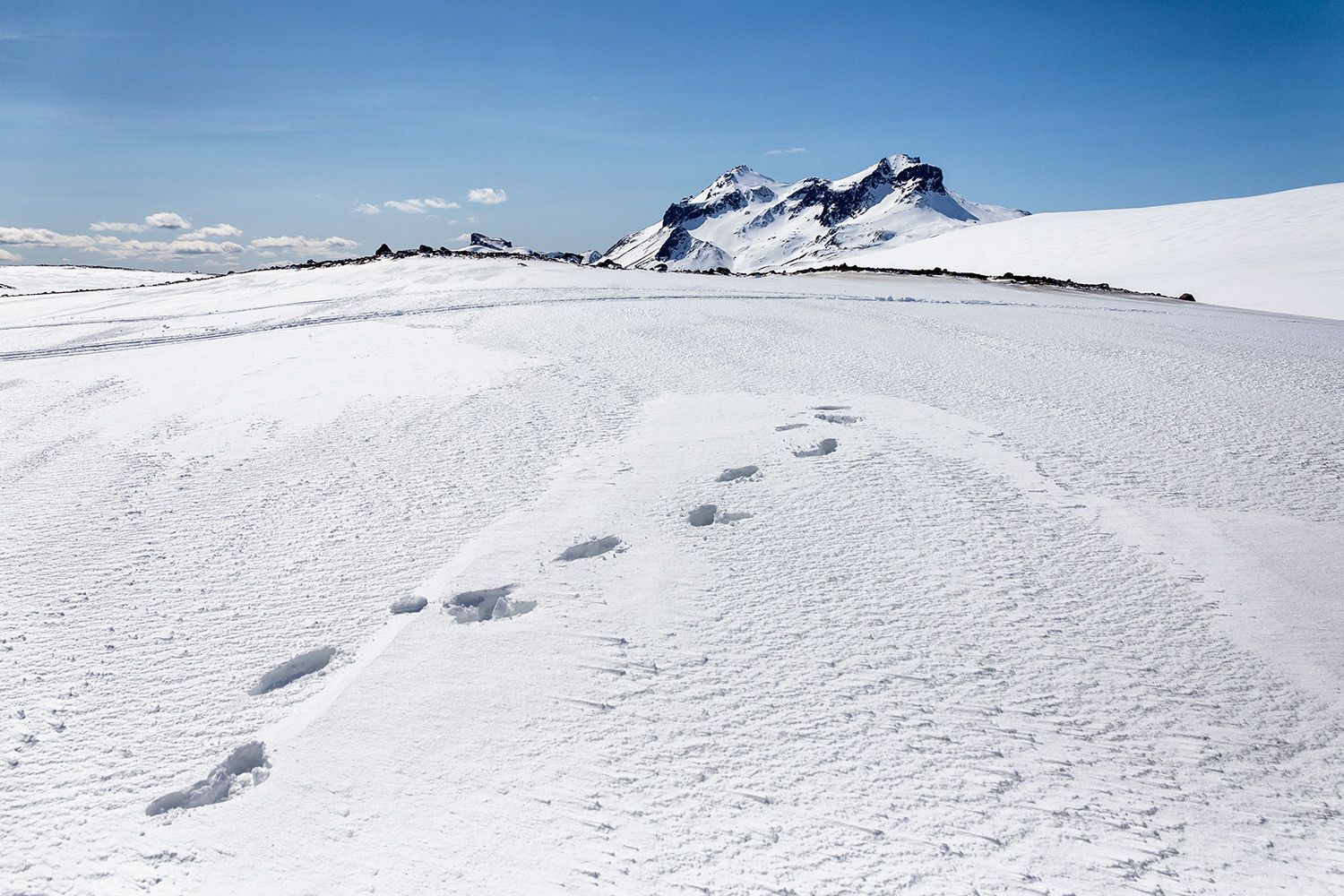
The Elusive Huldufólk of Iceland's Wilderness
In the untamed stretches of Iceland, where nature molds the earth and the climate's whims are unpredictable, one can almost sense a realm just beyond our grasp. This realm belongs to the huldufólk, the concealed denizens, intricately woven into Iceland's folklore tapestry.
Legends from Icelandic shores portray the huldufólk as reticent, shadowy figures, choosing to reside beyond the gaze of mankind. These ethereal entities have staked their claim amidst Iceland's craggy terrains, nestled within the hillocks and escarpments that dot the green expanse. The conviction of their presence runs so deep in the Icelandic psyche that even modern roadwork and architecture tread lightly, taking care to sidestep places thought to be their sanctuaries.
While many correlate the huldufólk with earthen monoliths and looming mountain ranges, there are stories that whisper of their existence in the glacial expanses. These frost-bound inhabitants are believed to nestle within the heart of glaciers, ensconced by crystalline bastions. The howl of winds caressing the frozen plains, the deep murmurs of moving glaciers, and the chime of cascading ice shards are sometimes credited to these veiled dwellers, weaving magic into the vastness.
Journeying through the multifaceted terrains of Iceland, seasoned guides regale travelers with these age-old tales, shedding light on the island's vibrant mythos. They narrate of the huldufólk, who despite their intangible presence, stand as sentinels of this realm, safeguarding its pristine allure and the mysteries it enfolds.
Yet, beyond the captivating aura surrounding these mythical entities, the huldufólk signify a profound sentiment in Icelandic lore. They epitomize the harmony between humans and Mother Earth, underscoring the symbiotic balance that should exist. The narratives of the huldufólk don't merely delve into the realm of fantasy and wonder but also impart lessons on the sanctity of nature's preservation.
Thus, the legends of the huldufólk, whether whispered amongst towering peaks or shimmering glaciers, shed light on the intimate bond shared by Icelanders with their surrounding world. They infuse each trek across Iceland's expanses with depth and mystique, transporting one through terrains graced by these beguiling unseen inhabitants.
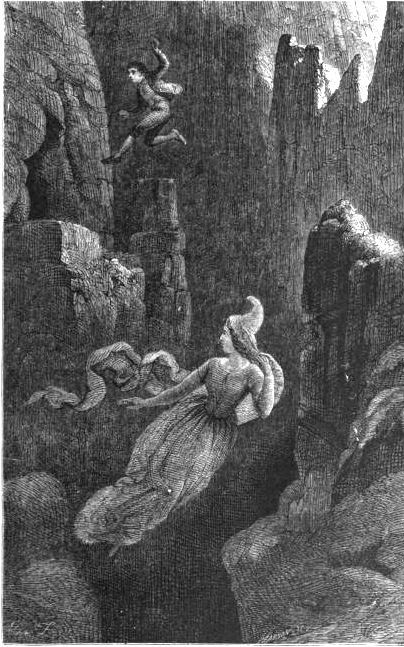
Odin's Eye: The Crystalline Wisdom in the Glacier
Odin's Eye: The Crystalline Wisdom in the Glacier
In the heart of the icy landscapes of Iceland, legends whisper of a powerful relic buried deep within the glacier. The tales speak of Odin, the Allfather in the Norse pantheon, known for his relentless quest for wisdom. One of the most enduring sagas tells of the sacrifice Odin made for the pursuit of knowledge: offering one of his eyes to the Well of Mimir. It is said that the eye, once plucked from its socket, didn't simply disappear, but transformed into a shining crystal as cold and clear as the glacial ice itself.
This eye, imbued with the wisdom of Odin, is said to have found its resting place within the vast glaciers of Iceland. The glacier, frozen in time and filled with millennia-old ice, is the perfect sanctuary for such an artifact. It guards this treasure fiercely, just as it guards the age-old secrets it has witnessed over the eons.
The guides leading explorations of these icy terrains often add a layer of intrigue to their tours with this legend. They weave tales of the crystal eye, guiding their charges to glacial blue pools that stipple the icy expanse. With a twinkle in their eye and a conspiratorial whisper, they suggest that these pools might be reflections of Odin's lost eye.
This tale infuses a sense of mystery and enchantment into the icy landscapes. The stark, cold terrain is brought to life with the legend of Odin's sacrifice, and the glacial pools become more than just geographical features—they become windows into the mythic past, echoes of a divine relic.
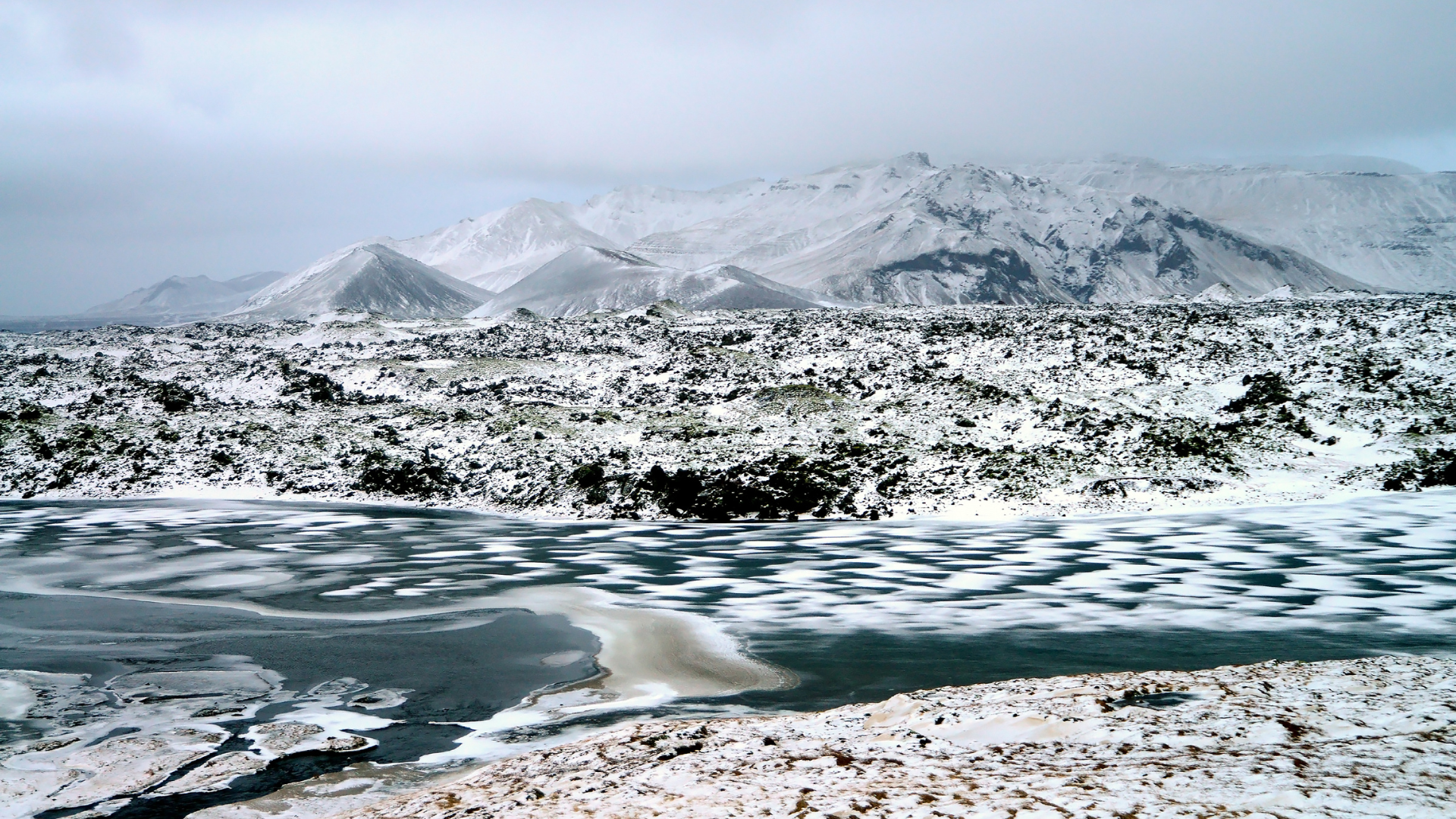
Want to learn more about Iceland?
Follow our social media @sleipnir.iceland
Share This Blog Post
